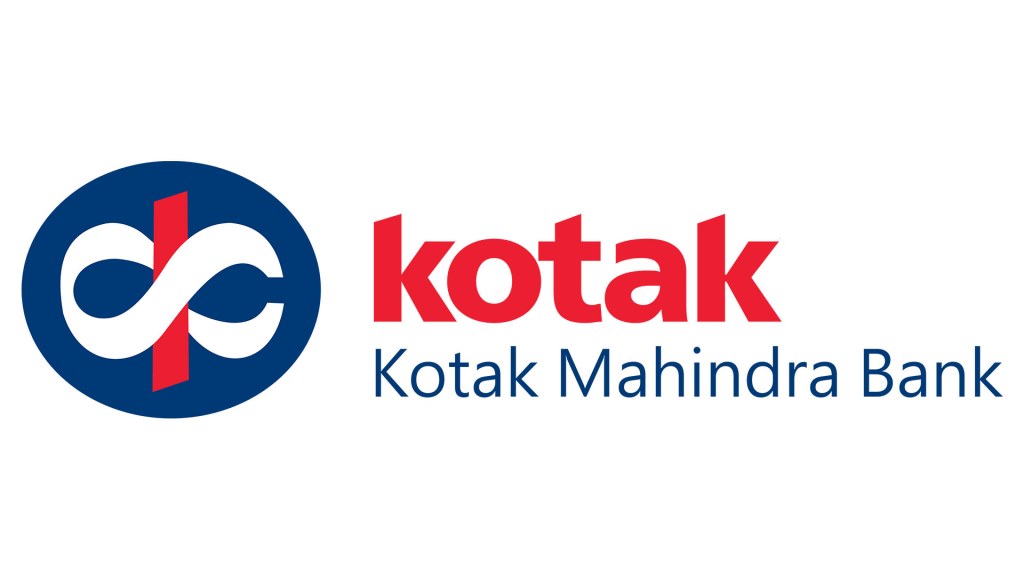Kotak Mahindra Bank, India’s third-largest private lender by market capitalisation, reported a drop in first-quarter profit on Saturday, as it set aside more funds for potential bad loans and saw a contraction in lending margins.
Kotak Mahindra Bank financials
The bank’s standalone net profit fell 47.5% to Rs 32.81 billion ($379.42 million) for the quarter ended June 30, down from year-earlier 62.5 billion rupees ($722.75 million), which included a Rs 27.3 billion gain on a stake sale of its insurance subsidiary to Zurich Insurance last year.
On average, analysts had expected a profit of Rs 35.82 billion , according to data compiled by LSEG.The lender’s net interest margin, a key gauge of profitability, fell to 4.65%, from 5.02% a year earlier, reflecting the impact of the Reserve Bank of India’s recent interest rate cuts.
When rates are lowered, banks typically pass on the benefits to borrowers first and only later reduce deposit rates, which can temporarily squeeze margins.
Meanwhile, Kotak Mahindra Bank’s asset quality deteriorated, with the gross non-performing assets ratio at 1.48% at the end of June, versus 1.39% a year earlier.
Lending Sector scenario
Indian lenders have kept a tight lid on unsecured lending after grappling with higher bad loans in that segment, a move that has helped support asset quality. The bank’s provisions for bad loans more than doubled year-on-year to Rs 12.08 billion .Net interest income grew 6% to Rs 72.59 billion in the first quarter.
While credit growth has slowed across the industry, Kotak Mahindra Bank’s loan book expanded 13%, driven mainly by a 16% rise in loans to retail consumers.
The bank’s net interest income (NII) saw a 6% year-on-year increase to Rs 7,259 crore, maintaining a strong net interest margin (NIM) of 4.65%. However, profitability metrics softened, with a high cost-to-income ratio of 46.19% and a moderated return on equity (ROE) of 10.94% (down from 13.91%). Asset quality marginally worsened as gross non-performing assets (GNPA) rose to 1.48% (from 1.39%), though net NPAs remained stable at 0.34%. The bank also experienced a dip in its CASA ratio to 40.9% (from 43.4%), indicating a shift in deposit composition.


